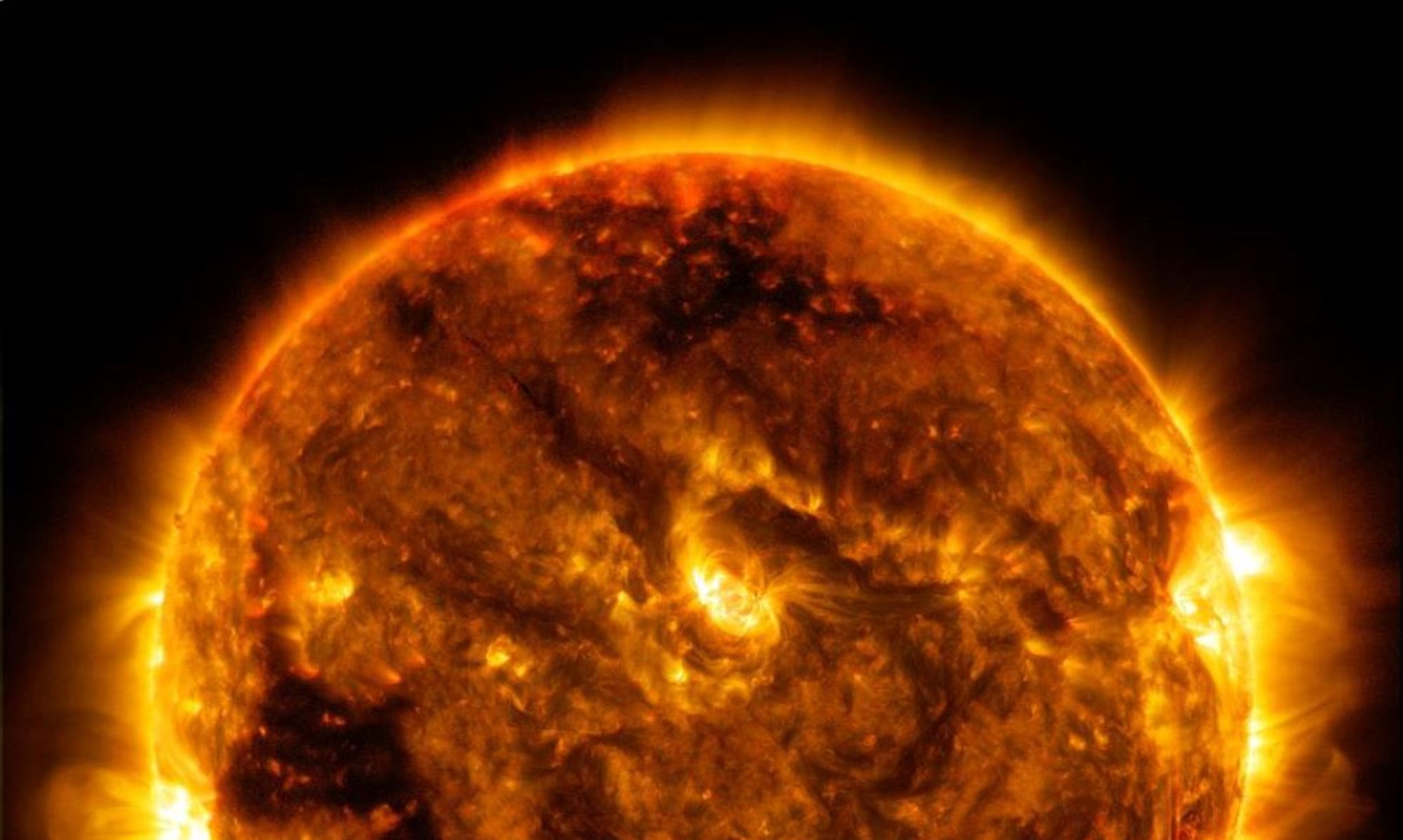As part of the Sustainability Certificate, every student is required to participate in a capstone project. This allows us to apply the competencies we have been learning in the courses and gain real-world professional experience. My project was primarily research-based and within the realm of solar energy. My partner, another Sustainability Certificate student, and I worked with Cherry Street Energy (CSE), a solar power firm based in Atlanta, on a project with the City of Atlanta Department of Watershed Management (DWM). This experience was by far the most impactful as I am striving to work in the solar energy industry. I moreover learned how to calculate the predicted energy output of a solar site, how a next-generation solar power firm operates, and the intricacies of how photovoltaic cells are mounted for different circumstances. Through pursuing this project, we are helping the City of Atlanta reach their goal of achieving 100% renewable energy by 2035, repurposing unused land, and overall contributing to an increase in cleaner energy sources. Not only was this experience invaluable for us working on the project, but it also has sizable impacts in making the world more sustainable.



United Nations Sustainable Development Goals that apply to this project
Who exactly is Cherry Street Energy?
It is a company that fills a gap in the market by handling the financing and costs, construction, operations, and maintenance of solar array systems for commercial, governmental, and educational systems. Some of their other partnerships include Creature Comforts, Emory University, and Macon-Bibb County Government. This business scheme is extremely beneficial as renewable energy is a highly nuanced field. Most people want to turn on a light switch without extensive thought or time. Cherry Street are solar experts that handle the headaches, ensuring the process is effortless for the consumer.

What exactly is our project?
CSE has already partnered with the City of Atlanta for several locations; however, their clear well sites have incited the most interest for CSE. Clear wells are 10-100 million gallon tanks that store drinking water in the final stage of the water treatment process. They reside in colossal green spaces with little shading, maximizing sunshine capture. I calculated the predicted energy output to be around 1 megawatt. Most large CSE sites are around 200-300 kilowatts, so this would be an ideal site for both CSE and DWM. The catch is that there have been few examples of a solar system built on top of clear wells and none in the state of Georgia. It was our job to evaluate the legality of the project, if maintenance of clear wells would pose a concern for the system, and address the concerns set by the DWM employees.


Top image is Hemphill Water Treatment Plant: where the clear wells are located
The tasks I specifically contributed to were researching the best solar technology, completing energy calculations, and standing as the main communicator between entities. Our aim was to evaluate novel mobile mounting techniques rather than using very-established static structures. The rigidity of mounting schemes in a field where beloved community events were held and above structures that may need to be fully replaced was a concern of DWM. The energy calculations further supported CSE’s postulate that these clear well sites are the most ideal. During these tasks, I became more familiar with Excel functions and learned what a ballasted mount is. I additionally satisfied my inner-nerd while speaking to the CSE Chief Technical Officer about his proprietary parallel wiring PV cell innovation. The paralyzing pressure to send the perfect email with absurd business etiquette when communicating with esteemed individuals was furthermore alleviated. Through constant back and forth emails, I became significantly more comfortable balancing professionalism while staying true to myself.

Non-penetrating ballasted mount that is stabilized through weight
My partner investigated the legality and created an energy rate comparison to illustrate the financial benefit to DWM from this project. He spoke to Law professors at UGA to conclude that no legal stipulations lay ahead. Through his cost benefit analysis calculations, he was also able to posit that this project is fiscally advantageous.
Final Comments
This project centered around the investigation of a solar array system has been a mutually beneficial undertaking for my partner and I, CSE, DWM, and the city as a whole. I have learned invaluable skills, built connections in an industry I would like to enter, and contributed to larger-scope sustainable goals. It is our hope this project becomes a framework for other clear well sites to use when considering solar energy. We learned how difficult it can be to communicate with municipal institutions and the slow-moving nature of business development projects. I am deeply appreciative of our project partners at CSE for their support and initiative as well as Dr. Byers and graduate student Katie Foster for their commitment to each Sustainability Certificate student.


Bottom image is a CSE project on the roof of Emory University building
